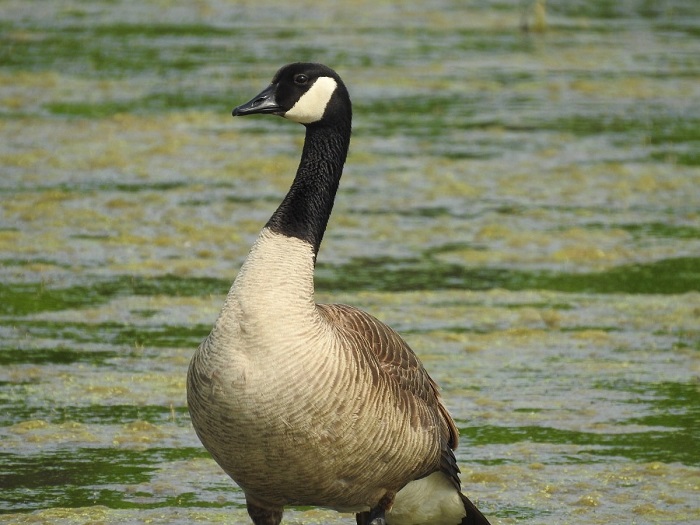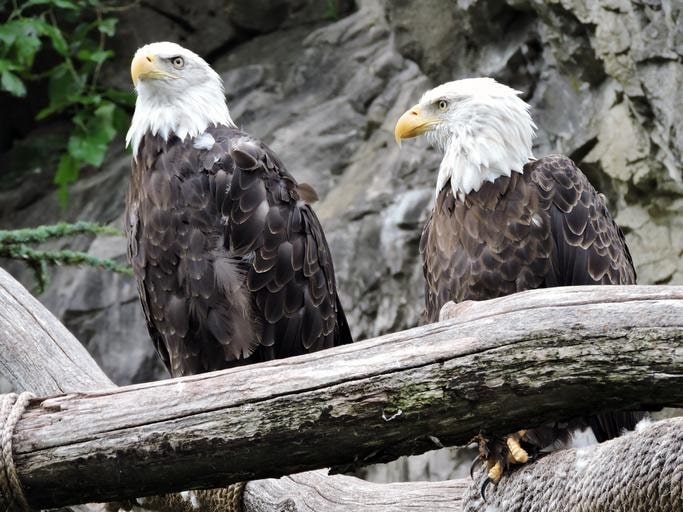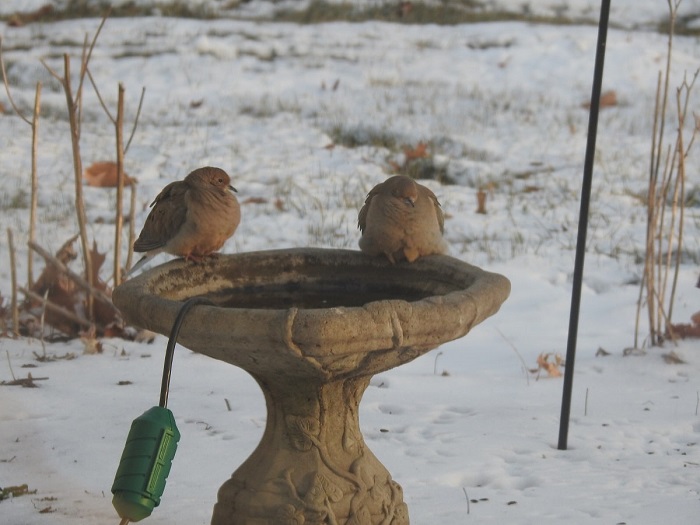What Birds Stay With the Same Mate Forever?
When we think of the phrase "mating for life," it often brings to mind a lifelong commitment, much like human marriages lasting decades. But when it comes to birds, the concept of "mating for life" is a bit more complex.
While some birds do form lifelong bonds, most do not fit neatly into this category. What Does "Mating for Life" Mean for Birds?
For some species, it means forming a pair bond that lasts as long as both partners are alive.
One such example is the Canada goose, which is known to form lifelong pair bonds and may never seek another mate if their partner dies. However, this is the exception rather than the rule.
On the other hand, many songbirds will form bonds only for a single breeding season. Once their young have fledged, they may seek out new mates for the next season or even for a second brood within the same season.

These seasonal bonds are still considered monogamous for that period, even if the birds move on to new partners later.
Do Most Birds Form Lifelong Bonds?
While the idea of lifelong monogamy in birds is romantic, the truth is that most bird species do not mate for life. In North America, the majority of birds form pair bonds for a single breeding season.
These bonds can be either monogamous, one male and one female raising young together or polygamous, where a single bird may mate with several partners within the same season.
Species like doves and robins may form bonds that last for several seasons, sometimes reuniting with the same mate each year.
However, these birds don't necessarily stay together throughout the year, and they may or may not choose the same partner again.
How Faithful Are Monogamous Birds?
When we talk about bird monogamy, it's important to understand that it doesn't necessarily imply faithfulness. DNA studies have revealed that many birds, even those in monogamous pairs, often mate with other individuals.
For example, female songbirds may lay eggs fertilized by multiple males, while male birds may breed with other females outside of their primary pair bond. Despite this, many birds still return to their original partners to raise their young.
Which Birds Truly Mate for Life?
While most birds form short-term pair bonds, there are some larger species that are more likely to breed for life. Swans, geese, eagles, and some owls are among the most famous examples of birds that form lifelong partnerships.
The advantages of forming these bonds are often practical rather than romantic: birds with long lifespans and long reproductive cycles benefit from the stability of a familiar partner.

For example, bald eagles spend significant time incubating eggs and raising their young. Forming a lifelong bond allows them to skip the energy-consuming process of courtship each year, giving them more time to focus on raising their offspring.
Do Birds Mourn the Loss of a Mate?
A common question is whether birds grieve the loss of a partner. While it's difficult to say whether birds experience emotions in the same way humans do, we do know that birds will often seek out new mates after losing a partner.
For species like the Canada goose, this process may take years, while smaller songbirds tend to find new mates much more quickly.
Whether this behavior reflects mourning or simply an instinct to continue breeding, nature has a way of ensuring that birds carry on with their primary mission: survival of the species.
Why Do Birds Form Lifelong Bonds?
In species where birds do mate for life, the reasons are typically practical. Migration, territory establishment, nest building, and raising young all require significant time and energy.
By forming a lifelong bond, birds can devote more time to these essential tasks and less to finding a new mate each season.

This is especially beneficial for larger species, like swans and eagles, whose long reproductive cycles make it crucial to maximize their breeding opportunities each year.
Conclusion: Birds and Their Varied Mating Habits
Whether they mate for a single season or form lifelong bonds, birds are highly adaptable when it comes to reproduction.
While only a few species fit the classic image of lifelong monogamy, most birds have evolved behaviors that help them succeed in raising young.
By understanding these fascinating mating habits, we can better appreciate the diversity of life in the bird world, and provide them with the best environments to thrive.
Related






